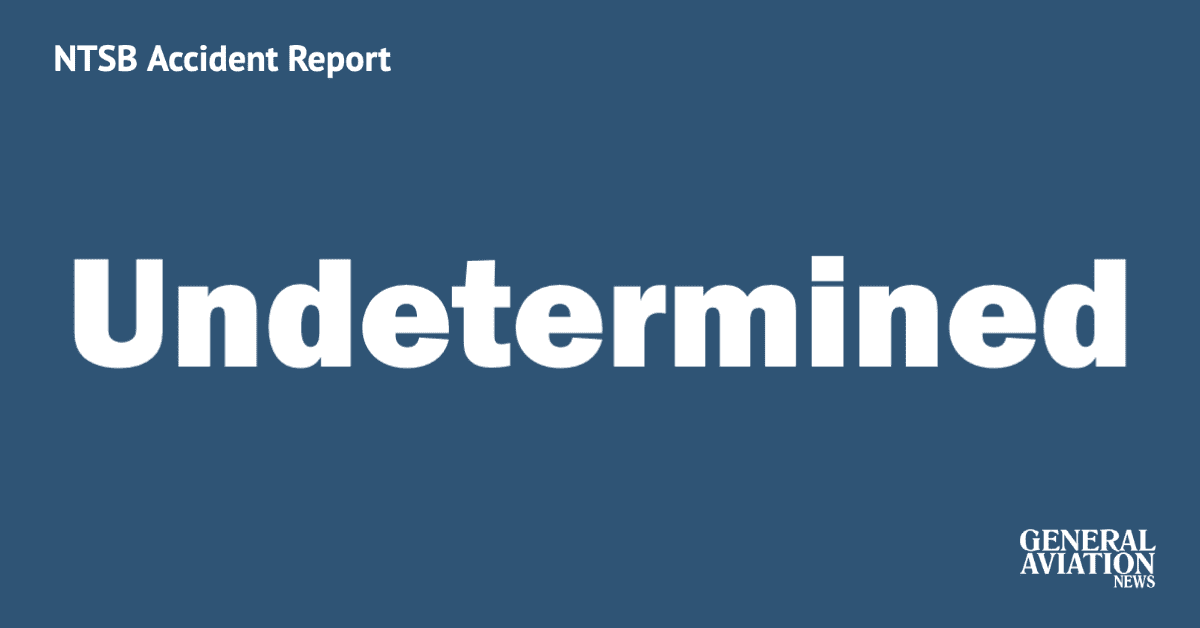The failure to maintain directional control during landing.
Simulated engine out turns into real emergency
The CFI’s improper decision to simulate an engine failure in the traffic pattern by cutting off fuel to the engine, and his subsequent failure to maintain directional control during an aborted landing.
Overloaded airplane crashes
The loss of engine power during the initial climb for undetermined reasons and the pilot’s failure to maintain an airspeed above stall speed while maneuvering following the power loss. Contributing to the accident was the operation of the airplane at a weight above Maximum Certified Gross Weight.
Improper flare leads to nosegear collapse
The student pilot’s improper flare and failure to recover from a bounced landing.
Shortened approach leads to accident
The student pilot’s misjudged landing flare and inadequate recovery from a bounced landing that resulted in a loss of directional control.
Poor decisions kill pilot
The pilot’s inadequate decision making and failure to maintain control during cruise flight. Contributing to the accident were the pilot’s inadequate preflight planning, the darkness and poor weather conditions.
Bounced landing bends airplane
The pilot’s failure to maintain airspeed and misjudged flare during landing.
Failure to relinquish controls leads to accident
The student pilot’s failure to maintain adequate airspeed, resulting in a stall. The failure of the student to relinquish the flight controls when instructed to do so was a factor.
Short circuit leads to power loss
A total loss of engine power due to a short circuit between both magneto ground leads. A factor in the accident was the inadequate annual/100-hour maintenance inspection regarding the wiring.




